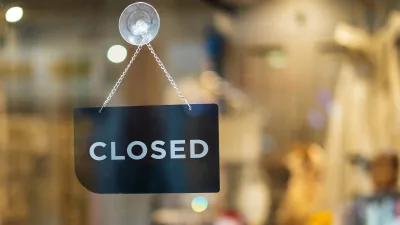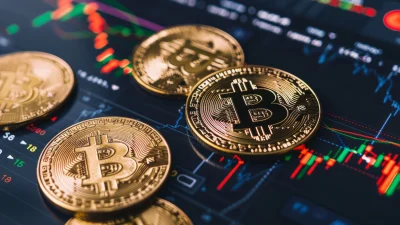Is it a good time for investors to turn to the defensives?



Australian investors might want to consider global listed infrastructure stocks which have traditionally a low correlation to the AUD, domestic equities and global bonds at the time of turmoil caused by the recent outbreak of coronavirus which spooked markets, RARE Infrastructure says.
According to Nick Langley, co-founder and senior portfolio manager at RARE Infrastructure, investor portfolios should always contain some level of defence that as long as it was appropriate for the investor's objectives or market conditions.
At the same time, their portfolios should remain prepared to accommodate any negative events whether it was the tech bubble burst, the global financial crisis (GFC), or a global health crisis.
“An ideal ‘defence’ investment is one whose value is to some extent insulated from the full force of a market downturn but will experience a reasonable percentage of the upside when the market moves in a positive direction,” Langley said.
“Fixed interest and cash are generally regarded as the default defensive asset classes but another is listed infrastructure, which is RARE’s singular speciality.
“Within this asset class, we favour regulated assets such as water and energy distribution – poles, wires and gas pipelines - which have high income but low exposure to fluctuations in GDP,” he said.
“These defensive ‘defence’ investments can be mixed with user-pay assets which generally have concession-based contracts with toll roads, rail, ports and airports but typically have lower income returns and are relatively higher leveraged to GDP.”
Recommended for you
LGT Wealth Management is maintaining a neutral stance on US equities going into 2026 as it is worried whether the hype around AI euphoria will continue.
Tyndall Asset Management is to close down the Tyndall brand and launch a newly-branded affiliate following a “material change” to its client base.
First Sentier has launched its second active ETF, offering advisers an ETF version of its Ex-20 Australian Share strategy.
BlackRock has revealed that its iShares bitcoin ETF suite has now become the firm’s most profitable product line following the launch of its Australian bitcoin ETF last month.












